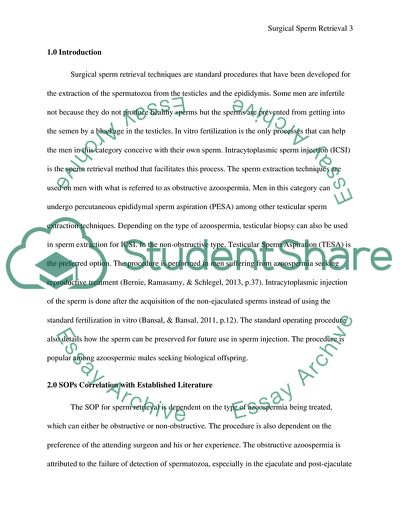Cite this document
(Surgical sperm retrieval Coursework Example | Topics and Well Written Essays - 2000 words, n.d.)
Surgical sperm retrieval Coursework Example | Topics and Well Written Essays - 2000 words. https://studentshare.org/health-sciences-medicine/1878571-surgical-sperm-retrieval
Surgical sperm retrieval Coursework Example | Topics and Well Written Essays - 2000 words. https://studentshare.org/health-sciences-medicine/1878571-surgical-sperm-retrieval
(Surgical Sperm Retrieval Coursework Example | Topics and Well Written Essays - 2000 Words)
Surgical Sperm Retrieval Coursework Example | Topics and Well Written Essays - 2000 Words. https://studentshare.org/health-sciences-medicine/1878571-surgical-sperm-retrieval.
Surgical Sperm Retrieval Coursework Example | Topics and Well Written Essays - 2000 Words. https://studentshare.org/health-sciences-medicine/1878571-surgical-sperm-retrieval.
“Surgical Sperm Retrieval Coursework Example | Topics and Well Written Essays - 2000 Words”. https://studentshare.org/health-sciences-medicine/1878571-surgical-sperm-retrieval.


